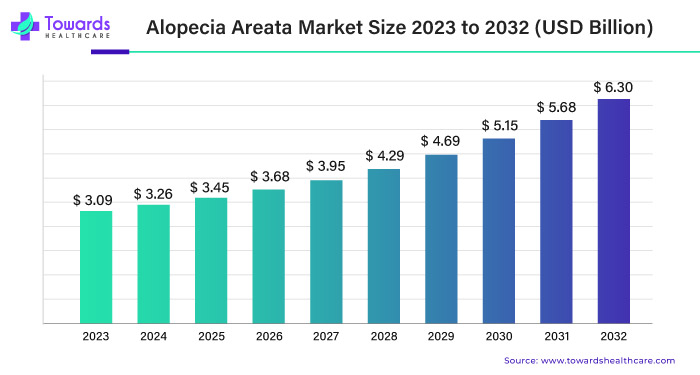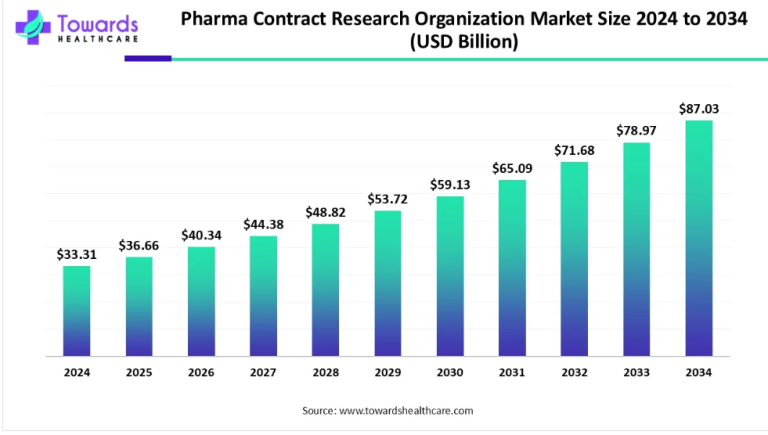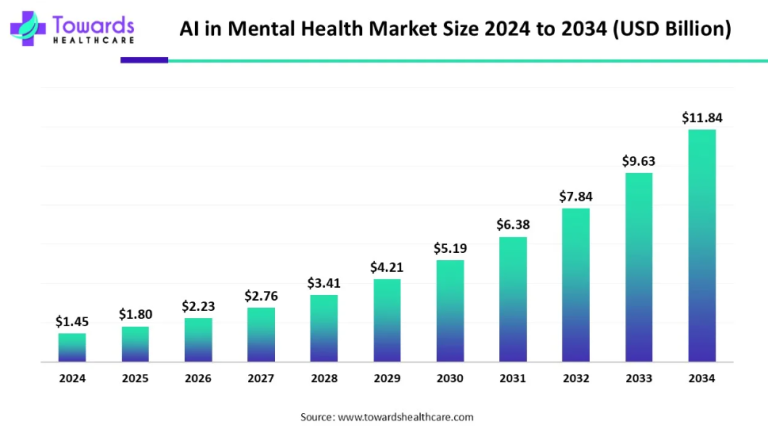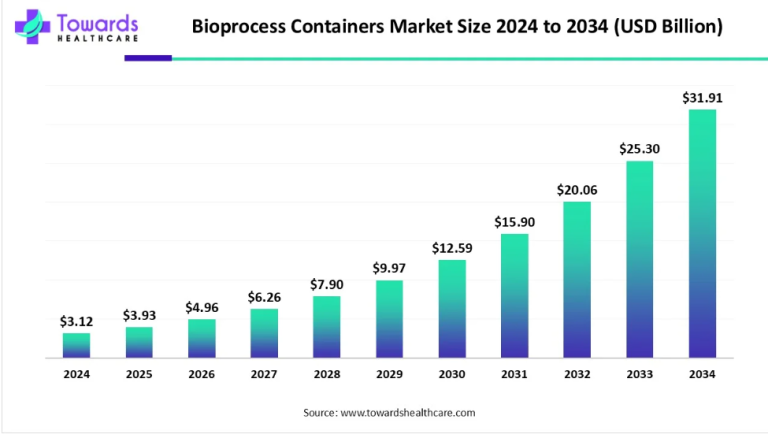Around 2% of people worldwide will experience alopecia areata at some point in their lives, and there’s been a noticeable increase in cases recently. This rise in cases has led to a greater demand for treatments to help with alopecia areata.
Alopecia is a common autoimmune condition characterized by patches of hair loss on the scalp, face, and other parts of the body. It occurs when the immune system mistakenly attacks hair follicles. Alopecia can affect people of any age, gender, or race, and its exact cause is still unknown. The main symptom is small, round patches of hair loss on the scalp, but it can progress to total hair loss (alopecia totalis) or even complete loss of body hair (alopecia universalis). While hair loss is usually temporary and may regrow on its own, it can also be recurrent or permanent for some individuals.
Though alopecia areata isn’t physically harmful, it can have significant emotional and psychological impacts, causing distress, low self-esteem, and anxiety, particularly with extensive hair loss. Therefore, treatment is important.
There are various treatment options for alopecia areata, although none are guaranteed to work for everyone. These treatments aim to stimulate hair regrowth, suppress the immune system, or reduce inflammation around the hair follicles. Common treatments include corticosteroid injections, topical corticosteroids, minoxidil (Rogaine), anthralin cream, and immunotherapy.
Furthermore, medical treatments, counseling, and support groups can help individuals cope with the emotional impact of alopecia areata. It’s essential for those with alopecia areata to work closely with healthcare professionals to find the best treatment plan for their specific needs.
Research into alopecia areata is ongoing, and new treatment options may emerge. Promising areas of research include understanding the condition’s underlying causes and developing targeted therapies to prevent hair loss and promote hair regrowth. Despite the challenges of dealing with alopecia areata, especially emotionally, there are treatment options available to help manage the condition and support individuals in regaining their confidence and self-esteem.
Also, there has been an increase in government spending on healthcare, indicating a commitment to improving healthcare services and infrastructure. This investment is crucial for ensuring accessible and efficient healthcare for everyone. According to a May 2023 report from the Office for National Statistics (ONS), healthcare spending in the UK for 2022 reached around USD 304.55 billion, representing a 0.7% increase from the previous year.
Geographical Landscape of Alopecia Areata Market
North America: In North America, the landscape of the alopecia areata market is diverse and dynamic. The United States and Canada stand out as major players in this market, with a significant portion of the population affected by alopecia areata. These countries boast well-established healthcare infrastructures, including hospitals, clinics, and research institutions, which contribute to diagnosing and treating alopecia areata. There is a high level of awareness about alopecia areata among healthcare professionals and the general population in North America. This awareness fuels demand for effective treatments and drives innovation in developing new therapies. Major cities such as New York, Los Angeles, Toronto, and Chicago serve as hubs for medical research and innovation in dermatology and autoimmune disorders, including alopecia areata. These cities attract leading experts, clinicians, and researchers who collaborate to advance our understanding of the condition and develop new treatment options.
Asia Pacific: The prevalence of alopecia areata varies significantly across countries in the Asia Pacific region. Some countries may have higher rates of alopecia areata due to genetic predispositions, environmental factors, or cultural practices. For example, countries with higher levels of stress or pollution may experience increased rates of alopecia areata. Access to healthcare services also varies widely across the Asia Pacific region, with disparities in healthcare infrastructure, resources, and affordability. In some countries, individuals may face challenges in accessing timely diagnosis and treatment for alopecia areata due to the limited availability of healthcare facilities or financial constraints.
Recent Developments in Alopecia Areata Market
- In March 2023, Sun Pharmaceuticals announced that they would present findings from a phase 3 clinical trial on deuruxolitinib, an oral medication designed to help people with alopecia areata regrow hair on their scalp.
- In June 2023, Pfizer received FDA approval for LITFULOTM (ritlecitinib), a pill for treating severe alopecia areata in individuals aged 12 and older. This approval positioned LITFULOTM as a more advanced option for those with this condition.
Alopecia Areata Market Segments
By Treatment
- Medications
- Corticosteroids
- Minoxidil
- JAK Inhibitors
- Dupilumab
- Immunosuppressants
- Therapies
- Phototherapy
- Low-Level Iaser Therapy
- Other Therapies
By Route of Administration
By End User
- Hospitals
- Dermatology Clinics
- Homecare Settings
By Geography
- North America
- Europe
- Asia Pacific
- Middle East and Africa
- South America
To own our research study instantly, Click here @ https://www.towardshealthcare.com/price/5133
Read More about Alopecia Areata Market:
You can place an order or ask any questions, please feel free to contact us at sales@towardshealthcare.com
About Us
Healthcare Web Wire is a premier subsidiary of Towards Healthcare, dedicated to providing comprehensive insights and information related to the healthcare industry. With a commitment to delivering accurate and timely updates, Healthcare Web Wire serves as a vital resource for professionals, enthusiasts, and stakeholders within the healthcare sector. Our platform serves as a central hub for the latest news, trends and developments shaping the healthcare landscape. Join us on Healthcare Web Wire and become part of a vibrant community dedicated to advancing healthcare knowledge and shaping the future of healthcare worldwide.
Explore the comprehensive statistics and insights on healthcare industry data and its associated segmentation: Get a Subscription
For Latest Update Follow Us: https://www.linkedin.com/company/towards-healthcare




